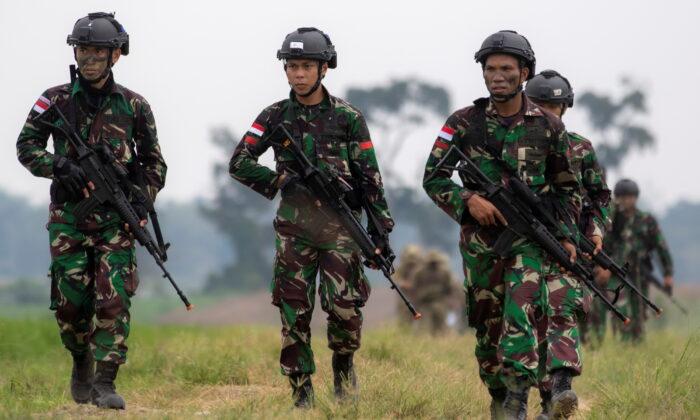Indonesia and the United States are participating in a large-scale military exercise to enhance their combined interoperability capabilities, with 11 other nations participating as partner nations or observers.
The annual Garuda Shield exercise is being conducted on the Indonesian islands of Sumatra and Kalimantan from Aug. 1 to 14.
The drills aim to bolster the U.S.–Indonesia Strategic Partnership and advance regional cooperation in support of a free and open Indo-Pacific, according to the U.S. Embassy and Consulates in Indonesia.
The officials stated that the joint drill would be “significantly larger in scope and scale than previous exercises” with dozens of other nations taking part for the first time, including Singapore, Australia, and Japan.
Regional Tensions
The drill comes against a backdrop of heightened tensions between the United States and China over the latter’s growing assertiveness in the region.But Maj. Gen. Stephen G. Smith, who will be directing operations on the ground in the exercise, told reporters in Jakarta on July 29 that the drill shouldn’t be seen as a response to any tensions.
“This exercise is not a threat or should not be viewed as a threat to anybody, anywhere. This is a purely military-to-military exercise,” he said.
Tensions and rhetoric flared last week amid reports that U.S. House Speaker Nancy Pelosi planned to visit Taiwan as soon as this month.
Meanwhile, U.S. President Joe Biden and Chinese leader Xi Jinping managed largely to steer clear of escalation in a call last week, suggesting that neither side—preoccupied with economic woes at home—wants a fresh crisis across the Taiwan Strait.





